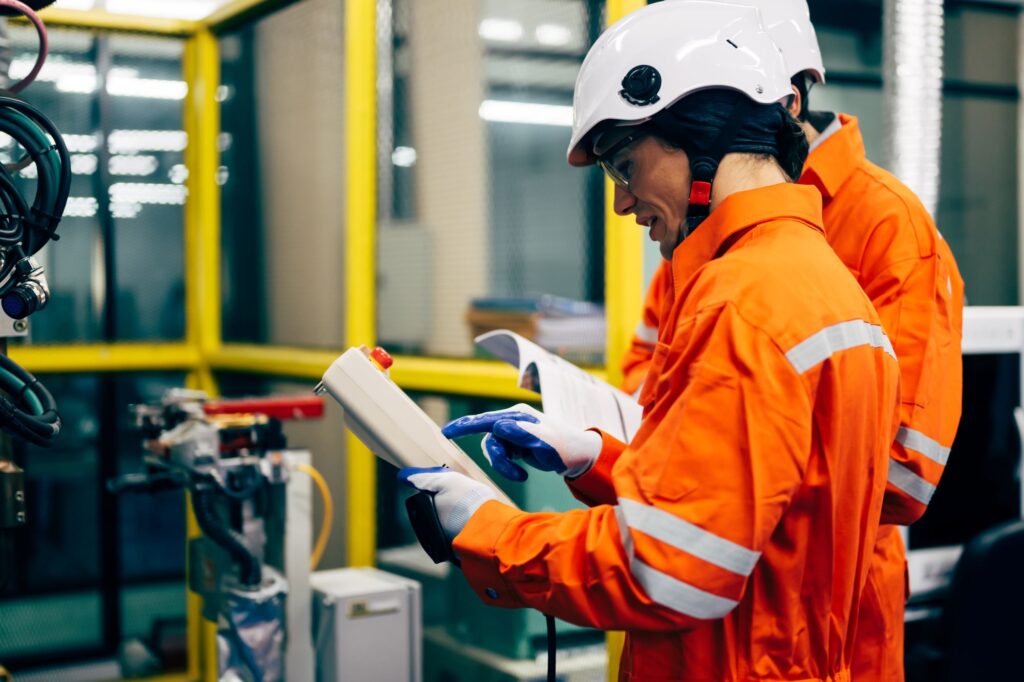We’re aware of the cost implications of unplanned downtime. These are reported to be £5K per hour with companies experiencing up to 20 hours of unplanned downtime each week. Even though Planned Maintenance is the most important maintenance strategy being followed by companies, on average they are still potentially losing almost a full day’s production every week. So what are the principle causes of unplanned downtime?
Ageing assets (28%), mechanical failures (18%), time taken to get replacement parts (11%) and operator error (10%) were the top four reasons found by the RS Maintenance Engineering Report 2023 conducted in partnership with the Institute of Mechanical Engineers.
The first two can in one form or another be considered attributable to the machinery itself. However, even with the implementation of Planned and Predictive Maintenance they will be difficult to eliminate entirely. This then puts pressure on the third reason – the time taken to get the replacement parts needed. This will be much more acute if the machinery is old as the OEM may no longer keep stock. Obsolescence management then becomes very important as does finding a supplier who is not only able to supply and repair parts, but also has the knowledge and experience of legacy equipment too.
Finally we come to operator error. If a component fails or breaks then without doubt this is a maintenance issue. But incorrectly setting up a machine, misreading a label leading to the wrong size of bottles on a filling-line, or simply inserting a flash-card upside down into a controller will all also cause downtime.
So, what can we conclude about the causes of unplanned downtime? Firstly, due to the often unpredictable nature of the events causing downtime, it isn’t going to go away. This makes it essential companies have a maintenance strategy in place which combines Condition Monitoring, Predictive Maintenance and Planned Maintenance. They’re also going to need reliable suppliers – especially for legacy equipment such as PacDrive M – who can not only supply or repair parts, but who can also offer remote or on-site support. Thirdly, whilst we humans remain fallible, relevant training and simplified processes to follow should help. And if this doesn’t work? Well, as we keep being reminded, there’s always AI!

